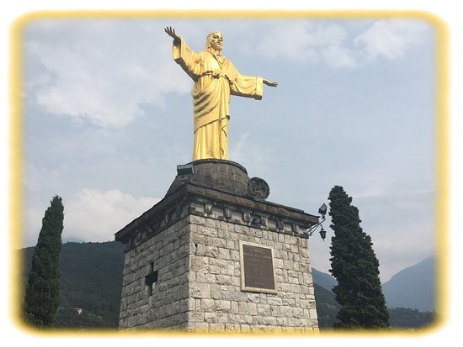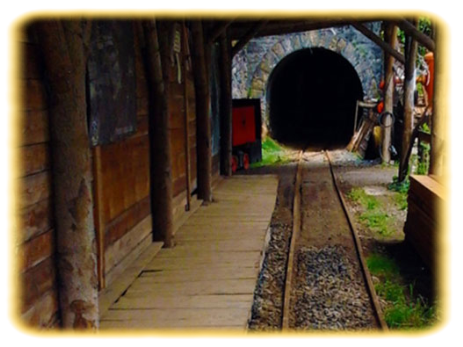History and Art - Bedzanaglio
Main menu:
History and Art
Destinations
Below are few suggestions among many itineraries, all easily reachable from B&B Zanaglio:
Capo di Ponte – “Rocky Engravings” National Park
These “Rocky Engravings” are internationally recognised by Unesco as World Heritage, they are considered the most important example of rocky art in Europe. They can be visited through guided tours spoken in different languages. These engravings represent the only testimony of man’s life from late paleolithic age.
Darfo Boario Terme – Luine “Rocky Engravings” Park
Less famous site, but of exceptional value and rich of various engravings, it represents important testimony of all ages, especially those from the brinze age. The park offers three different itineraries which show engravings showing scenes of hunting, war, religion and every day life.
Cividate Camuno – Archaeological Park – Theatre and Amphiteatre
Antient Romans called it “Civitas Camunorum” when they settled here. The small town still shows remains and traces of that time, including those kept in the National Archaeological Museum of Camonica Valley, all within the so called Park of Barberino.
Breno – Minerva’s Sanctuary
Open sky museum related to a roman temple dedicated to Goddess Minerva. The excavations brought to light mosaic floorings and fresco paintings, remains of columns and votive altars. The numerous remains are also on show at the National Archaeological Museum of Camonica Valley in Cividate Camuno.
Lovere – Tadini’s fine arts academy and gallery
The elegant palace overlooks Iseo lake represents the Italian neoclassical culture of the Lombard Museum network in the nineteenth century. The gallery hosts precious collections including works made by sculptor and painter Antonio Canova.
Boario Terme – Archeopark
This is a large archeological museum where activities and colonies of prehistoric populations living in Camonica Valley have been recreated. The park offers interactive tours and workshops for families, schools and tourists.
Breno, Cimbergo and Gorzone castles
Camonica Valley has been a place of passages and battles and the castles have always payed an important and strategic role for populations and military. Castels in Breno, Cimbergo and Gorzone area claimed to be between XII and XIII century.
Piancogno – Santissima Annunciata Sanctuary
This is a monastery built by Cappuccini monks and famous for having hosted Beato Innocenzo from Berzo. The building dominates the middle valley and has a suggestive church with frescos from fifteen century by Giovanni Pietro from Cemmo, along with St. Antonio cloister, the cell and the museum.
Cerveno – Via Crucis Sanctuary
The sanctuary is part of the lombardo-piemontese tradition of Sacri Monti and contains wooden engraved “Via Crucis” dated XVIII century. It represents 14 stations and 198 human size statues made of wood and plaster, mostly created by sculptor Beniamino Simoni and finished by artists Donato and Grazioso Fantoni.
Pisogne – Church of Saint Mary of the snow
Jewel of art dated end of fifteen century, the church is famous for the cicle of frescos showind the Passion of Christ, touching one of the most important artistic and poetical periods of painter Girolamo Romani, as known as “Il Romanino”, who also took his artworks to Breno and Bienno.
Bienno – Church of Saint Mary Annunciata
Considered the gem of the artistic and religious panorama, the church offers frescos from Giovan Pietro from Cemmo and from Romanino, supported by each schools, as well as paintings from Francesco Prata from Caravaggio and Giovan Mauro della Rovere as known as “Fiamminghino”.
Breno – Church of Sant’Antonio Abate
This is considered an important stop over of the Romanino’s artistic path, the now deconsacrated church is located in the town centre and it became the national monument at the time. It hosts as well as the artist frescos, works from Giovan Pietro da Cemmo and Callisto Piazza.
Esine – Church of Saint Maria Assunta
Built on XV century and considered national monument, this church is famous for the style of its frescos, made mostly by Giovanni Pietro da Cemmo on behalf of noble families, they show a meaningful religious cicle painted with suffused colours.
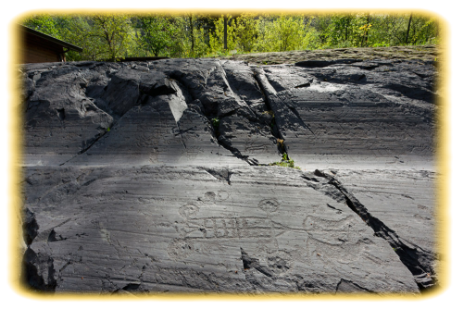
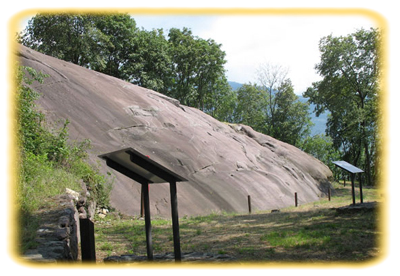
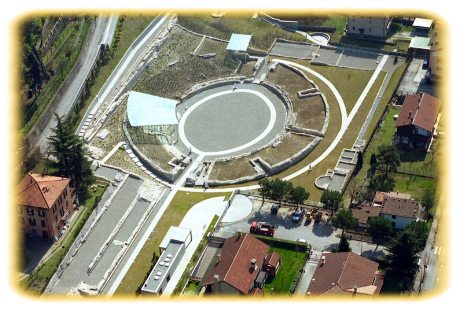
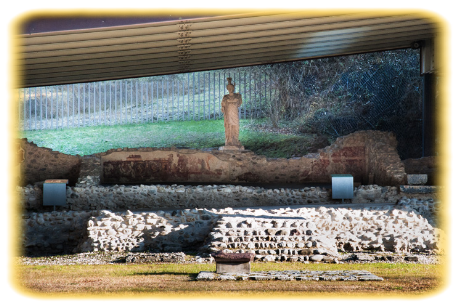
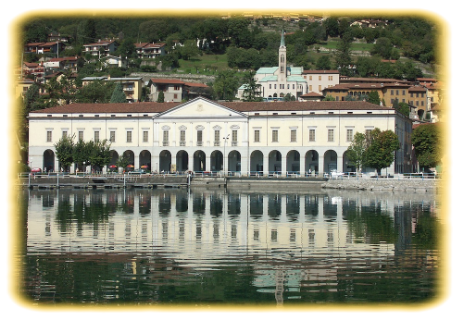
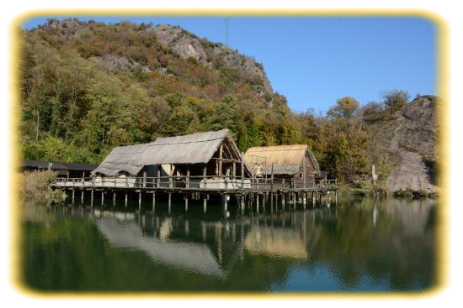
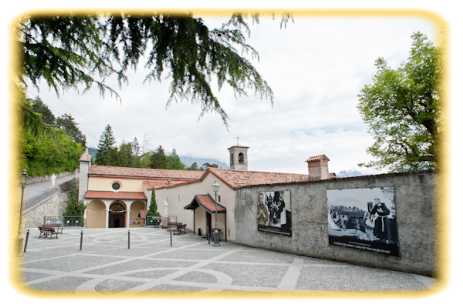
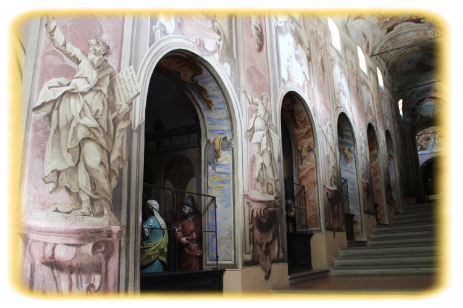
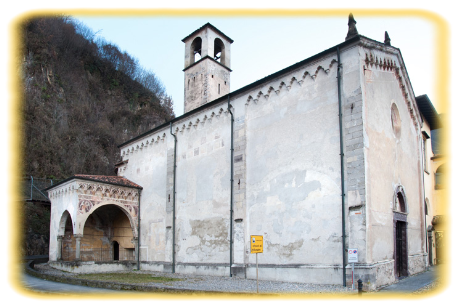
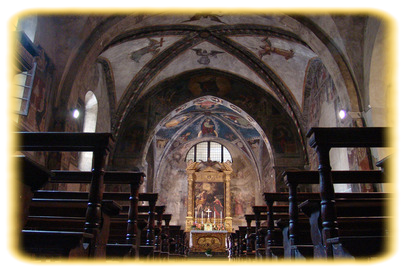
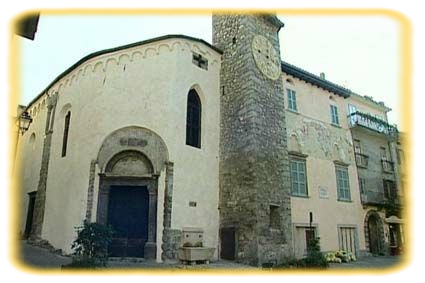
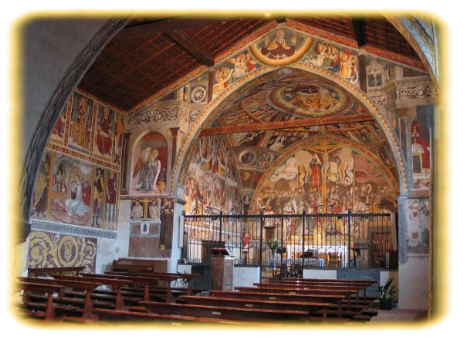
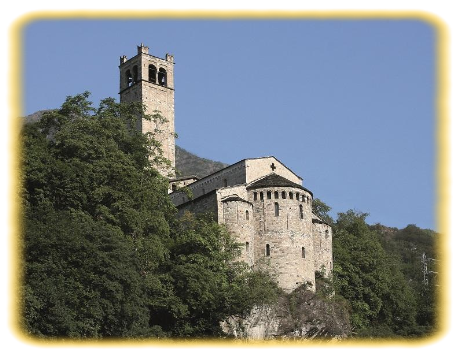
Cemmo – Church of Saint Siro
This is an important sacred building of lombardo-romanico style, overhanging Oglio river. Its name is from who first brought cristian religion in the valley according to tradition. It is the most ancient church in Camonica Valley, which dates back to between XI and XII century. Although this church was transformed in the years, it has kept a piece of sacred art in its babtismal font to tin.
Bienno – Cristo Re hill
Also known as “Saint Maria Maddalena complex” for a double chapel, the majestic sculpture of Jesus Christ, made of pure gold, it is the masterpiece of sculpture Timo Bortolotti from Darfo. It is dated 1931 to remember lateran pacts between Vatican and Italy.
Schilpario – Mining Park
This park was born to impart the history and the environment aspect of Scalve Valley to tourists and to future generations. The mining park “Ing. A. Bonicelli” is organised in various 4 km long itineraries where well prepared guides explain the different type of jobs at the time. There is vast photografic documentation with an original railway which leads the visitors for a brief tract in the galleries where iron was extracted.
